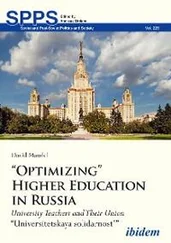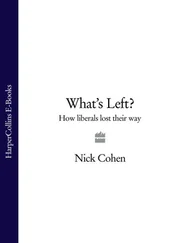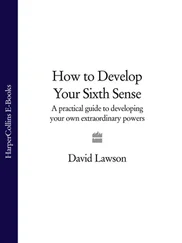Whatever reinventions lie ahead for Professor Sachs, he’ll land on his feet. But the man’s highest calling is to the classroom: The subject he was born to teach is Personal Branding 101.
Reprinted with the author’s permission.
How George Soros Got His Mojo Working in Ukraine
By Anne Williamson
August 20, 2016
https://www.lewrockwell.com/2016/08/anne-williamson/bloody-evil-george-soros/
Excerpt from Contagion:The Betrayal of Liberty; Russia and the United States in the Post-Cold War Era adapted for lewrockwell.com
……..Spooked out of Russia after the electorate’s gleeful elevation of political showman Vladimir Zhirinovsky and his party of sometimes fire-breathing, sometimes bungling Russian nationalists (LDP) to the Russian Duma in January 1994, Jeffrey Sachs and his fellow opportunist, Anders Aslund, took their crusade for the application of shock therapy to Kiev. There Aslund picked up work managing a small team of advisors in Ukraine funded by the New York-based George Soros Open Society Institute while doing public relations work for Ukraine, also on Soros’s dime.[i]
Despite the criminal bonfire their advisory team had fueled in Moscow, U.S. Treasury generals considered both Sachs and Aslund to be good soldiers. Both were rewarded with comfy sinecures; the Carnegie Foundation in Washington would give Aslund a position from which he might pose as an allegedly objective analyst of U.S. policy toward Russia and Ukraine, and in June 1995, Harvard would reward Jeffrey Sachs with the leadership of the Harvard Institute for International Development (HIID), a plum position that would soon enough prove itself a poisoned chalice.
In Kiev, a USAID mission was already in place, along with the rest of the usual foreign aid plumage: the IMF, the World Bank, the European Bank for Reconstruction and Development, the International Finance Corporation, the European Union’s bilateral assistance programs, and those of Canada and the U.S.Treasury along with the National Endowment for Democracy (NED). All that was missing was an HIID mission.
In March 1995, USAID sought proposals for assistance to Ukraine for impartial oversight and strategic advice for privatization and market reform programs. In May, however, USAID withdrew the request because Ukrainian officials said they weren’t interested. The Ukrainian rejection struck Aslund and Sachs – and their financier George Soros – as being extremely short-sighted. The three then teamed up in an attempt to revive USAID’s March proposal for assistance to Ukraine and while continuing to polish their own HIID proposal. If successful, the establishment of a second Harvard base of operations on the back of U.S. taxpayers would inaugurate Sachs’s leadership of HIID with a fiscal triumph in Ukraine, a new and potentially long-running stream of the most desirable money on earth, more commonly known as “other peoples’ money.”
Granted, one obstacle was the Ukrainian government’s contention that another USAID program was unnecessary. And it wasn’t helpful either that the IMF maintained that HIID’s proposed work would only duplicate work the IMF was already doing. When the governor of the National Bank of Ukraine told Sachs to his face that HIID’s program was not wanted, those of lesser ambition might have hesitated. Not these three amigos .
They turned to their friends in the executive branch of the federal government; David Lipton, Deputy Assistant Secretary of the Treasury and a former partner at Sachs’s consulting firm, the Washington-based Sachs Associates; and Carlos Pasqual, who served on the National Security Council (NSC), were both enlisted for support.[ii] (If the door were fully open on the U.S. government’s gang of schemers, Lawrence Summers’s silhouette would entirely block the view.) USAID’s Thomas Dine and Tom Pressley were also contacted by or on behalf of Sachs, et al. Embassies to Kiev were undertaken – with a view of lobbying the locals on the matter (that’s when the unpleasantness with the Ukrainian National Bank’s chairman erupted).
In time, dogged determination turned up one soon-to-depart Ukrainian official who agreed to support HIID’s $6-million grant request to USAID for another cooperative agreement, to be granted without any pretense of competitive bidding, with a Kiev-based HIID. But why would any Ukrainian official volunteer to help a pair of foreign academic types to a place at the trough? Shall we count the frog skins? The more interesting question is who ponied up the cash. Soros, Aslund’s home nation of Sweden, a notorious provider of foreign aid tailored to U.S. political purposes, or Harvard?
When HIID’s request came to the attention of the congressional International Affairs Committee in December 1995, its chairman, Benjamin Gilman, a New York Republican, didn’t like the smell of it. Why was HIID receiving so much money on a noncompetitive basis? How had a 1992 $2 million grant for Russian “reform” grown to $57 million, $40 million of which was awarded on the basis of “national security,” thereby evading the competition for government contracts required by statute? What were they accomplishing? What was the point of establishing a similar program in Ukraine?
And why was billionaire George Soros so concerned that Harvard receives a USAID grant for Ukraine that he actually lobbied Congress on Sachs’s behalf?
If Soros wanted Sachs to have $6 million, why didn’t he fork over the cash himself? He often does. He and Sachs had been an item since the late 1980s when they started mucking about together in Eastern Europe. The billionaire had long salted considerable funds throughout Moscow’s “reform” community with grants for study abroad and domestic training programs for privatization and securities markets development under the auspices of his Open Society Foundation. His money had provided funds for both Aslund’s and Sachs’s separate projects, and the billionaire himself shared an office with Jeffrey Sachs in Kiev. So was he simply trying to leverage his widely publicized philanthropy with public dollars?
Or was Soros attempting to take advantage of a nascent, under-developed market that was incapable of policing conflicts of interest? And was he being joined in that effort by Harvard University? In the summer of 1997, the trading desk of Harvard Management Corporation, which invests the university’s endowment, confirmed that they had been active investors for several years in the Russian bond and equities market. (In fact, the endowment was growing fat and sleek indeed thanks to what was not so much a bond market as a pass-through arrangement with triple-digit yields for which Moscow was merely an exotic, hosting venue to the U.S. government’s industrial-sized laundry service.) By late 1995, Soros and Harvard Management had any number of casual opportunities to exchange information with the publicly-funded Harvard reform insiders in Moscow and thereby gain privileged access to the sort of insider information investors prize.
In 1996 and 1997, the secret of insuring a good return from Russian stocks was to purchase shares before a company listed its shares as American Depository Receipts (ADRs) on the NYSE.[1] Of course, any ADR plans on the part of Russian enterprise would entail notifying the Federal Securities Commission (FSC) of the intended issuance as a first step, and the FSC was but one leg of an organizational triad in Moscow known as the Harvard Center, which included GKI, the privatization committee, and an outfit called ILBE – the Institute for a Law-Based Economy, which local wits quickly dubbed “the Institute for a Lobby-Based Economy.” Other matters of interest would concern the prospects for increased liquidity of Russian shares on the international markets, along with information concerning specific bond payments and alerts that would forewarn insiders of exactly when IMF funds available to pay out Russian bonds’ astronomical yields would run dry.
Читать дальше
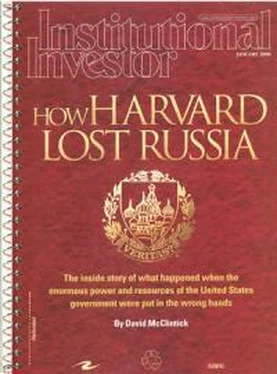
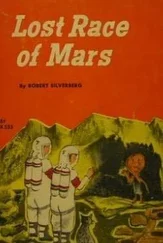


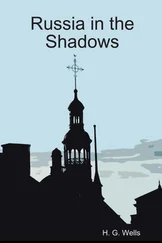

![Джонатан Димблби - Barbarossa - How Hitler Lost the War [calibre]](/books/385421/dzhonatan-dimblbi-barbarossa-how-hitler-lost-the-w-thumb.webp)

